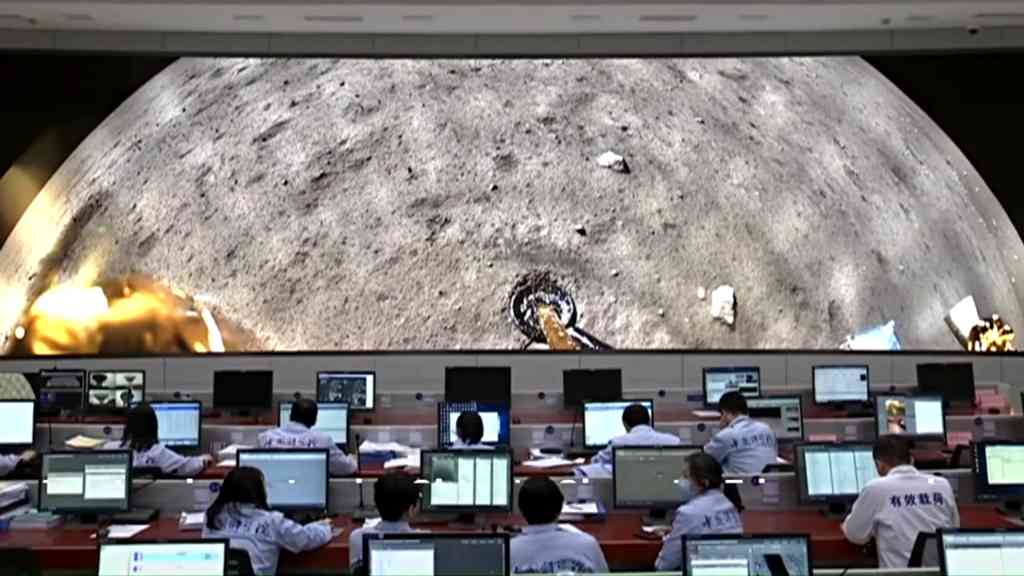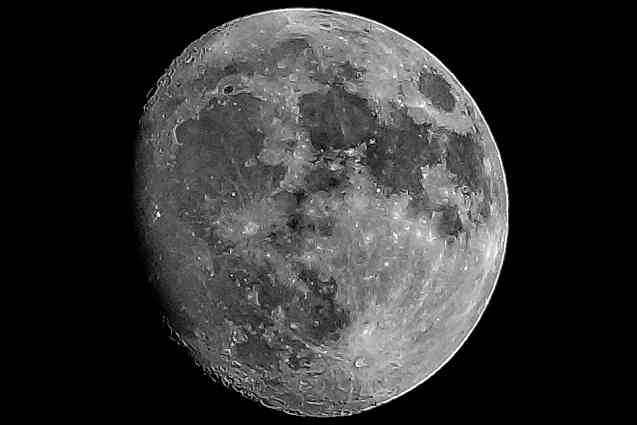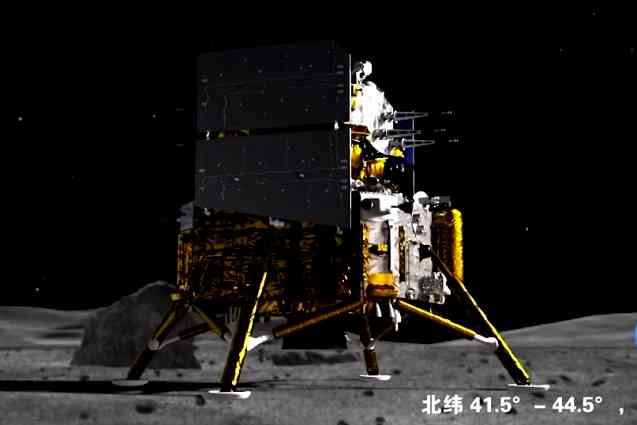Chinese rover discovers glass beads on Moon that may contain 330 billion tons of water


By Carl Samson
March 31, 2023
As much as 330 billion tons of water could be embedded in the Moon’s surface, a new study from China suggests.
The estimate comes from the analysis of small glass beads — also known as impact glasses, spherules or microtektites — uncovered in lunar soil samples collected by Beijing’s Chang’e-5 mission in December 2020.
Each bead is approximately the width of one to several human hairs. There are billions, if not trillions, of such beads scattered across the lunar surface, the study’s researchers told AP News.
The beads form when meteorites of all sizes smash into the Moon at astronomical speeds. The impact heats silicate minerals to melting temperatures, creating the glass spherules.
Since lunar soil contains oxygen, the spawned beads do as well. Water forms when solar winds strike the beads with ionized hydrogen atoms.
Researchers say the glass beads are evenly distributed across the lunar surface. Under the right temperatures, they release water into the air, thereby acting as natural reservoirs that are refilled over time.
Extracting water would require mining the beads, heating them and then cooling the released water vapor, according to the researchers.
Future lunar explorations that involve human staffers may benefit from this as they can use the collected water for drinking or as rocket fuel.
“Water is the most sought-after commodity for enabling sustainable exploration of planetary surfaces,” Sen Hu, a planetary geologist at the Chinese Academy of Sciences and one of the study’s co-authors, told Reuters.
“Knowing how water is produced, stored and replenished near the lunar surface would be very useful for future explorers to extract and utilize it for exploration purposes.”
The study, titled “A solar wind-derived water reservoir on the Moon hosted by impact glass beads,” is published in the journal Nature Geoscience.
Share this Article
Share this Article


